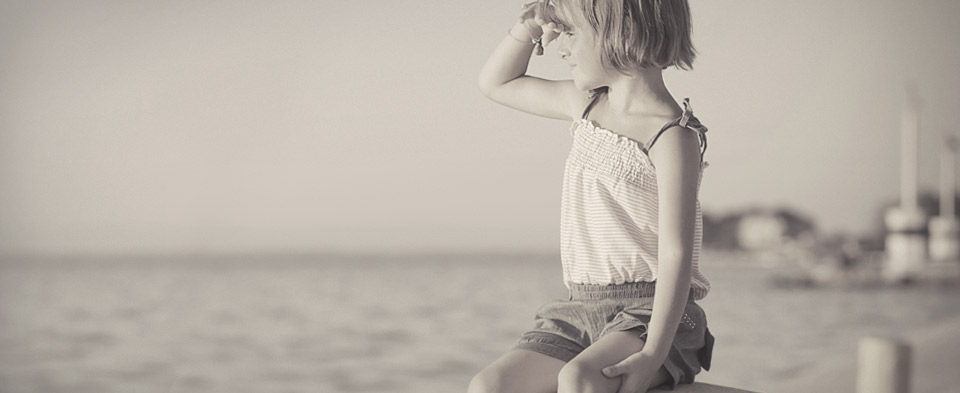After the Fall 2014 study of Timothy Tyson’s “Blood Done Sign My Name,” the Social Justice Group felt more study and action was needed on the topic of injustice in our community, about the differences in humanity and how our church, community, and nation accepts and treats these differences.
The next meeting of the Social Justice group is on Wednesday, September 16 at 6:45 pm in the Parlor. Please join us on our journey.

Photo Taken at Levine Museum of the New South on May 23, 2015
Here is a recent letter from Marian Spencer:
May 31, 2015
In the Fall 2014 twelve of us began the book Blood Done Sign My Name by Timothy Tyson. Seven continued the discussion to the point that we all felt more study and action was needed at our church on the topic of injustice in our community. We wanted to understand more about the differences in humanity and how our church, community, and nation accepts and treats these differences.
We decided a trip to the Levine Museum of the New South, which chronicles post-civil war history in Charlotte and North Carolina, including the Civil Rights Movement, would be a good place to start our journey. Bob and Marian Spencer, Randy Hunsucker, Peggy, Ronnie, Zara and Zena Petrocy and Leigh and Nicole Freeman gathered at the museum and their impressions reflect both the good and bad represented there. Zena and Nicole enjoyed “shopping” in the early 20th century Belk store and experiencing the old barber shop, where they learned most barbers were African American in those days. We all learned at the chapel that it was in church where African Americans experienced their only true freedom then. Leigh was surprised to learn that Charlotte’s diversity included a sizable Lebanese population.
Everyone turned more serious as we moved into the Civil Rights exhibits, where the contrast of the “Colored” and “White” drinking fountains harshly reminded us of the injustices of our past history. Randy was stunned to hear Bob’s story of how his mother spanked him one day because he dared to drink from the “Colored” fountain. We were all moved as we sat at the replica of the Woolworth’s lunch counter and listened to the voices of the A T & T students who reminded us of how difficult it was for them to sit at that counter in 1963. Zena was moved to say “Civil rights back then were not very civil.”
The impact of the museum continued to be part of the discussion as most of us traveled home in the van—and Leigh and Nicole talked about it on their ride home, too. We were struck by the fact that we all have been almost afraid to speak out about our feelings about current injustices. We need to talk about this more, we said.
Later, Randy wrote, “The church cannot teach spiritual wisdom to people if it alienates them. And nothing reduces a religion’s credibility any more than showing disdain to certain groups of people or minorities. . .we should instead, “Learn to do good, seek justices. . .correct oppression” Isaiah 1:17. This is why I have joined FUMC’s Social Justice Committee. Let’s all take action and speak out against injustice in our community and world.” Peggy also commented later, “I am always amazed at how we humans are just part of a continuum, and how connected we are to the past. Museums tell our story, both good and bad, and hopefully we learn from the mistakes made, and gain something as well.”
Our thoughts seem to mirror those in Tim Tyson’s recent article in the Spring 2015 issue of Divinity, Fear of the Past, Fear of the Future, “We need to host the necessary conversations that will never take place on television or the internet. . .we must find what Dr. Martin Luther King called “the strength to love.”
Marian Spencer

